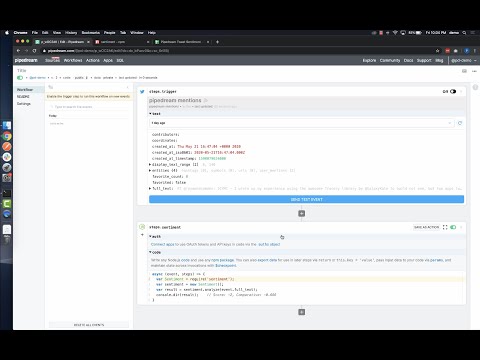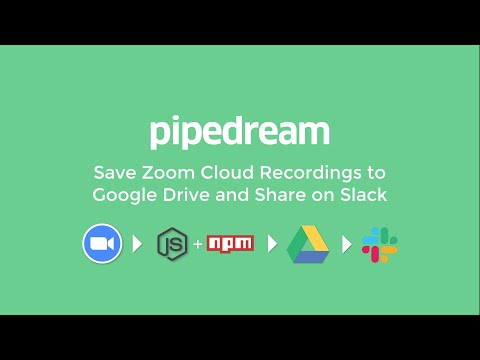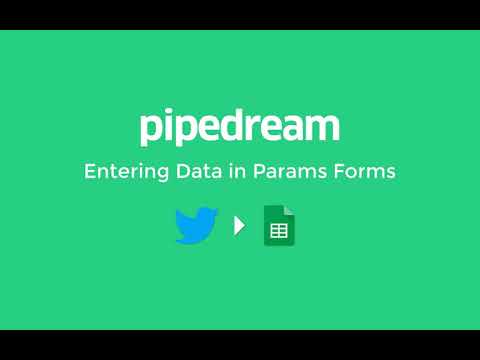What do you want to automate
with Snowflake and Google Sheets?
Prompt, edit and deploy AI agents that connect to Snowflake, Google Sheets and 3,000+ other apps in seconds.
Trusted by 1,000,000+ developers from startups to Fortune 500 companies
Popular Ways to Connect Snowflake with Google Sheets#
Popular Snowflake and Google Sheets Triggers#
Popular Snowflake and Google Sheets Actions#
Add a single row of data to Google Sheets. Optionally insert the row at a specific index (e.g., row 2 to insert after headers, shifting existing data down). See the documentation
Add multiple rows of data to a Google Sheet. See the documentation
Get all values or values from a range of cells using A1 notation. See the documentation
Create conditional formatting with color scales or custom formulas. See the documentation
Overview of Snowflake#
Snowflake offers a cloud database and related tools to help developers create robust, secure, and scalable data warehouses. See Snowflake's Key Concepts & Architecture
Getting Started
1. Create a user, role and warehouse in Snowflake
Snowflake recommends you create a new user, role, and warehouse when you integrate a third-party tool like Pipedream. This way, you can control permissions via the user / role, and separate Pipedream compute and costs with the warehouse. You can do this directly in the Snowflake UI
We recommend you create a read-only account if you only need to query Snowflake. If you need to insert data into Snowflake, add permissions on the appropriate objects after you create your user.
2. Enter those details in Pipedream
Visit https://pipedream.com/accounts. Click the button to Connect an App. Enter the required Snowflake account data.
You'll only need to connect your account once in Pipedream. You can connect this account to multiple workflows to run queries against Snowflake, insert data, and more.
3. Build your first workflow
Visit https://pipedream.com/new to build your first workflow. Pipedream workflows let you connect Snowflake with 3,000+ other apps. You can trigger workflows on Snowflake queries, sending results to Slack, Google Sheets, or any app that exposes an API. Or you can accept data from another app, transform it with Python, Node.js, Go or Bash code, and insert it into Snowflake.
Learn more at Pipedream University
Connect Snowflake#
import snowflake from '@pipedream/snowflake';
export default defineComponent({
props: {
snowflake,
},
async run({ $ }) {
// Component source code:
// https://github.com/PipedreamHQ/pipedream/tree/master/components/snowflake
return this.snowflake.executeQuery({
sqlText: `SELECT CURRENT_IP_ADDRESS()`,
binds: [],
});
},
});Overview of Google Sheets#
The Google Sheets API allows for the creation, reading, updating, and deletion of data within Google Sheets, enabling a robust platform for spreadsheet management and data manipulation. Through Pipedream, you can craft serverless workflows that respond to various triggers, such as webhook events, emails, or scheduled times, to interact with Google Sheets. This synergy can automate reporting, synchronize data across applications, manage inventory, track leads in a CRM, or even conduct survey analysis by updating and retrieving sheet data on the fly.
Connect Google Sheets#
import { axios } from "@pipedream/platform"
export default defineComponent({
props: {
google_sheets: {
type: "app",
app: "google_sheets",
}
},
async run({steps, $}) {
return await axios($, {
url: `https://www.googleapis.com/oauth2/v1/userinfo`,
headers: {
Authorization: `Bearer ${this.google_sheets.$auth.oauth_access_token}`,
},
})
},
})
Related Videos#



Community Posts#


